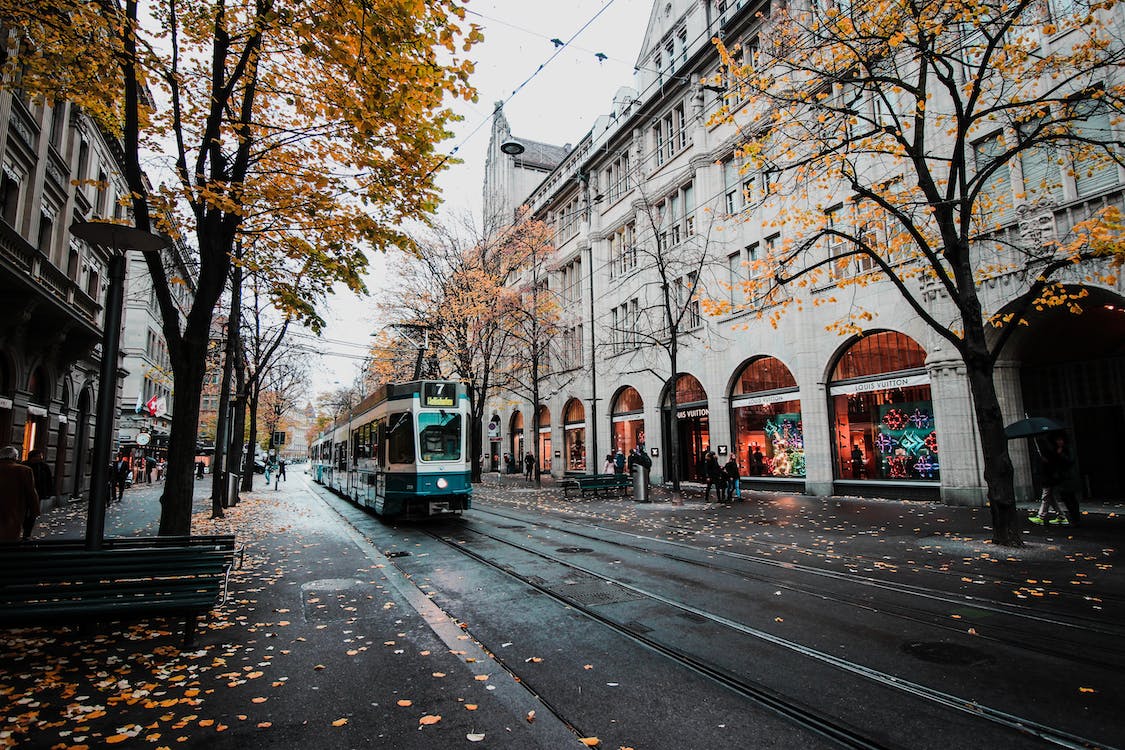One thing the whole period of lockdown highlighted for millions across the globe is the importance of having outside space. Being stuck inside your home week after week, living, working, eating, playing, and sleeping in the same space with the same people was a massive test for millions of people.
A move to a place in the country – for some
For a certain demographic in the UK, the urge to leave the crowded city and replace it with the space and serenity of a country pad led to a 1.2 per cent increase in houses valued at £5 million and over in the second quarter of 2020. The number of buyers at this level was 137 per cent higher than the five year average over the same period, with the number of offers being accepted more than doubling in comparison with the same period of the last five years.
Rising mental health issues
That’s great for those who are in that demographic. There were, however, hundreds of thousands of working people who found themselves stuck, maybe in a house of multiple occupation, working from their bedroom on hastily assembled trestle tables. It is no wonder that the prevalence of mental health problems increased. Concern about finances, feelings of loneliness, fears for the future, a loss of a sense of self and sense of purpose, the effect on close relationships, – these are tangible issues that were exacerbated during lockdown.
And the aftershock is plain to see when you consider that in 2022 the number of adults taking antidepressants in the UK increased by about half a million.
Research city prices
Never has it been more important than to take stock of the immediate surroundings and endeavour to elicit the absolute best of it, no matter what your situation is.
London is a city of nearly nine and a half million people spread across just 600 square miles. It is also one of the most expensive cities, with the average rent costing over £26,000 annually.
However, research highlights how certain London boroughs offer better value than others. For example, areas such as Kensington and Chelsea, and Westminster, are popular, trendy, and demand high prices (about £2500 a month). However, going a little bit further afield and you can more than halve that monthly rent. The cheapest borough in London is Sutton, located to the south of the city and offering an average rent of £1175.
While Sutton is more of a haven for families, with good housing, schools and excellent links to the city, areas like Greenwich are becoming more popular with the younger demographic as rents in this area are also still relatively reasonable. It is still possible to get a one bedroom apartment, with possibly an outside terrace or balcony which can be dressed up with artificial grass in Greenwich for less than £1500 – and considering the transport links are excellent between Greenwich and the city, then this is a plausible option for many looking to continue to enjoy living in the city.
While city living may have taken a knock over the course of the pandemic, there is no denying that it will continue to be a priority for millions of people – not just in London, but the world over. However, the landscape has changed. With more people working from home, the need to have convenient access to offices has lessened. People are willing to live slightly further out if it means that they can have that little bit of additional space, rather than living in a shoebox or sharing a house with others. Priorities have changed, and the housing market is changing with it.


